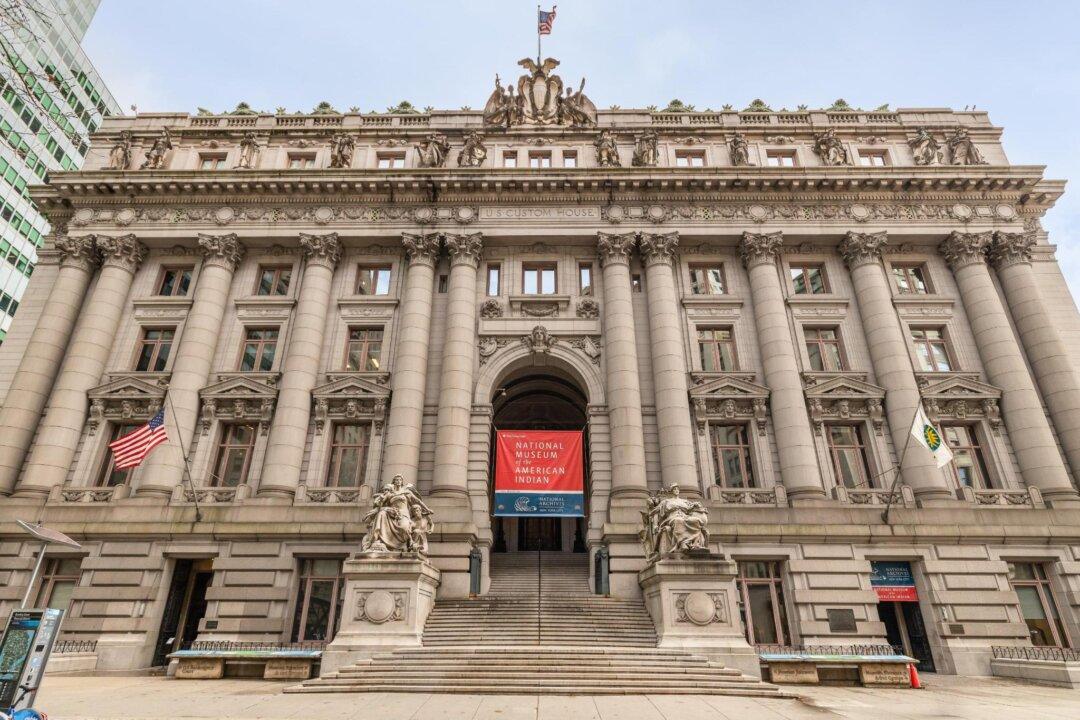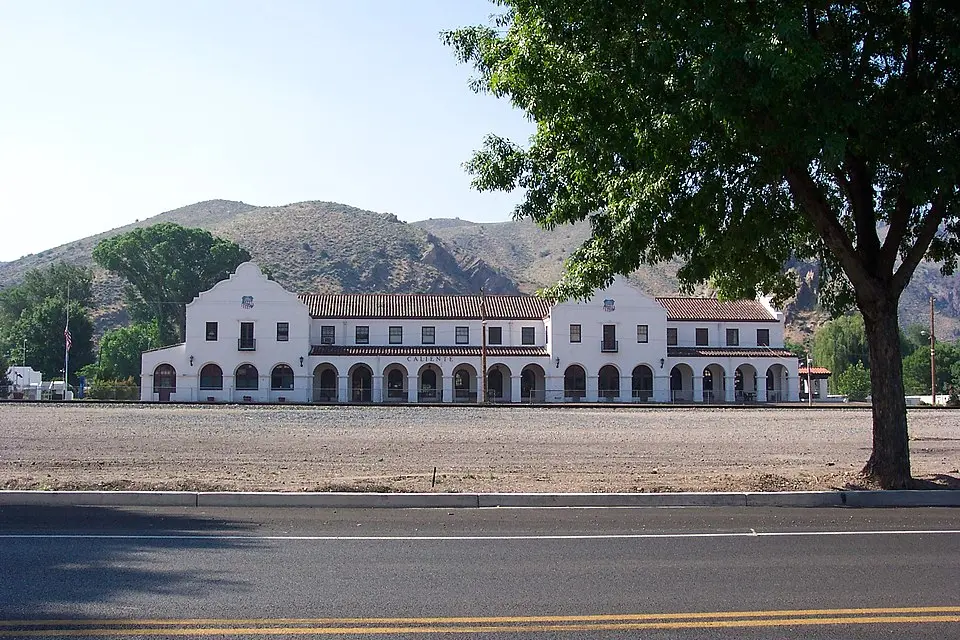Originally called the New York Custom House, the Alexander Hamilton U.S. Custom House was renamed in 1990 to pay tribute to the Founding Father. The colossal structure consists of seven stories of stone and steel. Colonnades, Corinthian columns, sculptures, pediments, brackets, and carvings combine to present Beaux Arts style. Established primarily at the École des Beaux-Arts in Paris in the early 19th century, the style combines classical architecture—most notably, in its use of columns and symmetry—with ornate, decorative, and eclectic adornments. The Alexander Hamilton U.S. Custom House embodies this distinct architectural style.
American architect Cass Gilbert (1859–1934) designed the structure, which was completed at the turn of the 20th century. It was intended to showcase a combination of exceptional architecture, engineering, and art. He wrote that his plans would “illustrate the commerce of ancient and modern times, both by land and sea.” In fact, sculptures with nautical themes dominate the building’s exterior.





